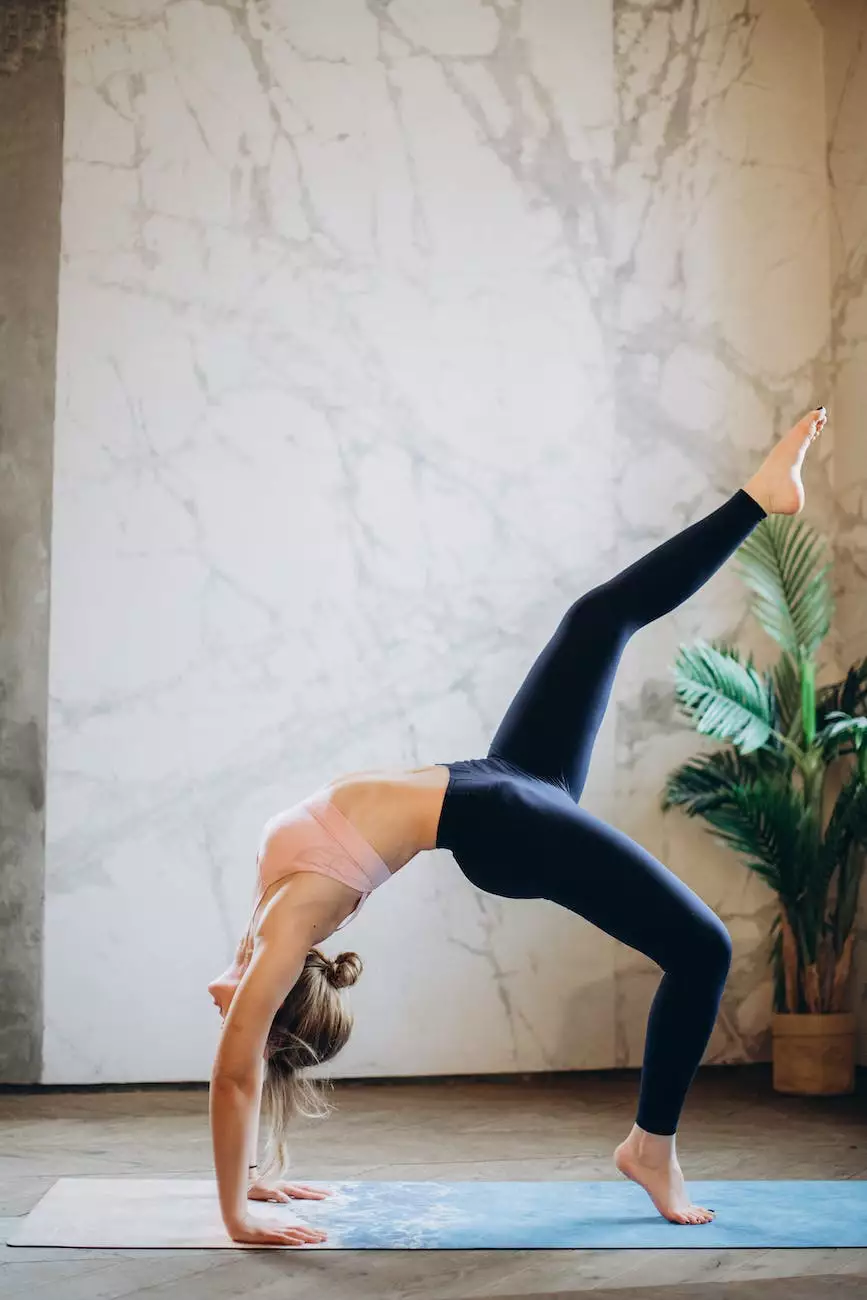Form Friday: Seated Dumbbell Lateral Raise

Introduction
Welcome to Redding Integrative Medicine's Form Friday series, where we provide you with detailed instructions for various exercises. In this edition, we will focus on the seated dumbbell lateral raise, an effective exercise for strengthening and stabilizing the shoulders.
About Redding Integrative Medicine
Redding Integrative Medicine is a trusted name in the field of alternative and natural medicine. We prioritize the well-being and health of our patients, offering a comprehensive range of services including integrative medicine, acupuncture, chiropractic care, and more. Our team of experienced healthcare professionals is committed to providing personalized, holistic care to help you achieve optimal health and wellness.
The Benefits of Seated Dumbbell Lateral Raise
The seated dumbbell lateral raise is a valuable exercise for targeting the muscles in the shoulders, specifically the deltoids. By performing this exercise with correct form and technique, you can experience several benefits:
- Increased Shoulder Strength: The lateral raise primarily targets the lateral (middle) head of the deltoids, helping to strengthen and develop these muscles for improved shoulder strength.
- Shoulder Stability: This exercise also engages the rotator cuff muscles, which are essential for shoulder stability. Regular practice can help prevent injuries and enhance overall shoulder stability.
- Improved Posture: By strengthening the muscles around the shoulders, the seated dumbbell lateral raise can contribute to better posture, reducing the risk of postural imbalances and related issues.
- Enhanced Upper Body Symmetry: Incorporating dumbbell lateral raises into your workout routine can help create balance and symmetry in your upper body, leading to a more proportionate physique.
Step-by-Step Guide to Seated Dumbbell Lateral Raise
Step 1: Set Up
Begin the exercise by sitting upright on a sturdy chair or a bench with your feet planted firmly on the ground. Position a pair of dumbbells on your thighs, palms facing inward.
Step 2: Proper Grip
Grasp the dumbbells firmly with your palms facing downward. Your thumbs should be wrapped around the handles, ensuring a secure grip throughout the movement.
Step 3: Initiate the Movement
With your core engaged and back straight, exhale and lift the dumbbells simultaneously to the sides until your arms are parallel to the ground. Maintain a slight bend in the elbows throughout the exercise.
Step 4: Controlled Descent
As you inhale, slowly lower the dumbbells back to the starting position, maintaining control throughout the movement. Avoid swinging or using momentum to lift the weights.
Step 5: Repetitions and Sets
Perform the desired number of repetitions for your fitness level. Beginners typically start with 8-12 repetitions per set, while more advanced individuals may aim for 12-15 repetitions. Complete 2-3 sets, allowing adequate rest between sets for recovery.
Tips and Considerations
To maximize the effectiveness and safety of your seated dumbbell lateral raise, keep the following tips in mind:
- Start with Light Weights: If you're new to this exercise, begin with lighter dumbbells to focus on your form and gradually increase the weight as you become more comfortable and stronger.
- Maintain Proper Form: Ensure that your back remains straight, your core is engaged, and your shoulders are relaxed throughout the exercise. Avoid shrugging your shoulders or leaning forward.
- Breathe and Control the Movement: Exhale during the lifting phase and inhale during the descent. Focus on controlling the weights and avoid any sudden or jerky movements.
- Modify if Necessary: If you experience any discomfort or pain, consider using lighter weights or adjusting the range of motion. Consult with a healthcare professional if you have any pre-existing shoulder conditions.
Incorporating Seated Dumbbell Lateral Raise Into Your Routine
The seated dumbbell lateral raise is a versatile exercise that can be incorporated into your upper body or shoulder-focused routine. Consider integrating this exercise into your workouts 2-3 times per week, allowing sufficient rest days between sessions to promote muscle recovery.
Always warm up before starting any exercise routine and listen to your body's signals. If you have any concerns or questions about incorporating this exercise into your fitness regimen, consult with a qualified fitness professional or healthcare provider.
Conclusion
At Redding Integrative Medicine, we emphasize the importance of correct form and technique when performing exercises to prevent injuries and optimize results. By following our step-by-step guide to the seated dumbbell lateral raise, you can safely and effectively strengthen your shoulders, improving their stability and overall function.
Remember, consistency is key! Regularly practicing this exercise, along with a balanced approach to overall fitness and wellness, can contribute to your long-term well-being.
Stay tuned for more informative content from Redding Integrative Medicine's Form Friday series, as we continue to provide valuable exercise tips and techniques to help you achieve your health and fitness goals!









